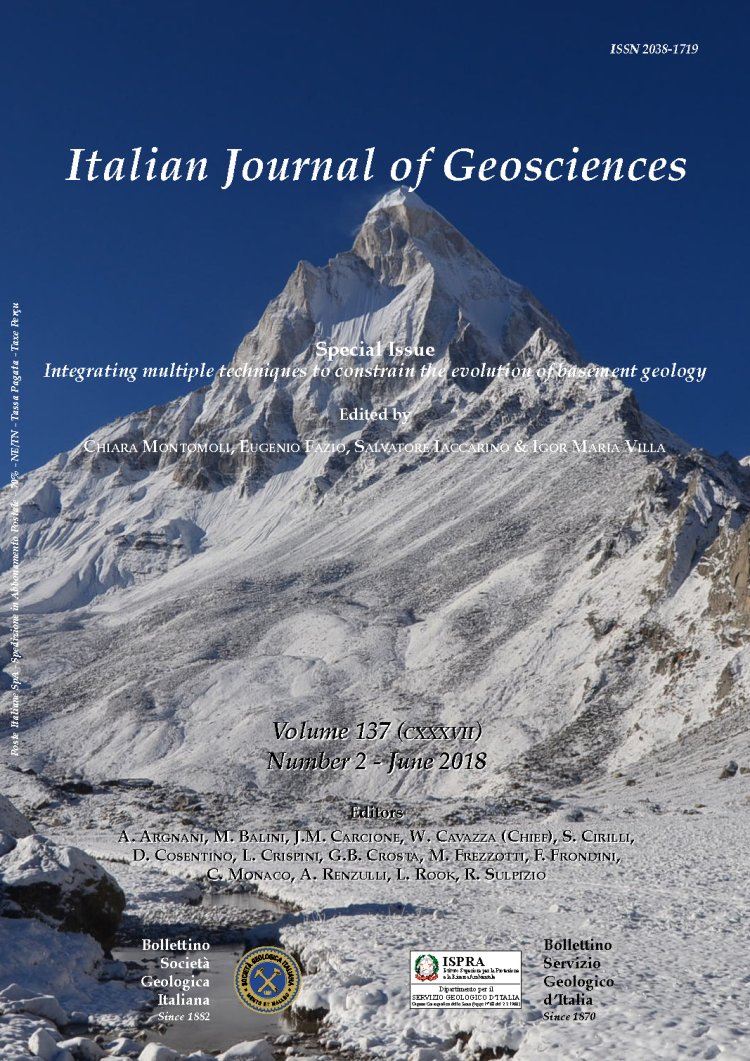
Strain localization and sheath fold development during progressive deformation in a ductile shear zone: a case study of macro-to micro-scale structures from the Aspromonte Massif, Calabria
Eugenio Fazio (1), Gaetano Ortolano (1), Roberto Visalli (1), Ian Alsop (2), Rosolino Cirrincione (1) & Antonino Pezzino (1)
(1) Università di Catania - Dpt. Sc. Biol. Geol. Amb. - Corso Italia 57 - 95129 - Catania (Italy).
(2) School of Geosciences, University of Aberdeen, Aberdeen, AB24 3UE (United Kingdom).
Corresponding author e-mail: efazio@unict.it.
Volume: 137 (2018) f.2
Pages: 208-218
Abstract
In the southern sector of the Calabrian Peloritani Orogen (CPO; southern Italy), a crustal-scale shear zone (Montalto Shear Zone - MSZ) has developed under greenschist facies conditions (0.3-0.6 GPa for 350-550 °C) during Alpine orogenesis linked to the collision between the Adria and European plates. Deformation produced a mylonitic horizon up to 800 meters thick and a dominant top-to-NE sense of shear has been recognized. This high-strain zone is localized at the contact between two tectono-metamorphic units, the Aspromonte Peloritani Unit (APU), and the Madonna di Polsi Unit (MPU) that are characterized by a strong lithological contrast, with leucocratic ortho- and para-gneiss of the APU being thrust onto garnet-bearing phyllites (MPU). Mesoscopic structures typical of ductile shear zones
are observed and include mylonitic foliation, stretching lineation, and sheath folds showing the typical eye-type cross sections, which occur at a range of outcrop to thin section scales. Several deformational phases have previously been interpreted from mesoscopic structures in this area. After careful field investigation, we propose an alternative model that interprets structural features in terms of progressive
deformation developed during the same tectonic event. In particular, a folding phase, with sub-vertical axes and ca. 2 meters wavelength folds, which in past reconstructions were interpreted to be generated during a post-shear compressive episode, have now been considered the result of incremental strain coeval with the main shear zone activity (i.e. syn-shear). This new interpretation simplifies the tectonic history of the MSZ, and allows the removal of a previously identified tectonic phase.
Keywords
Get Full Text